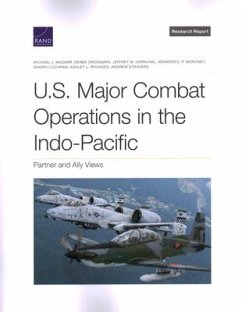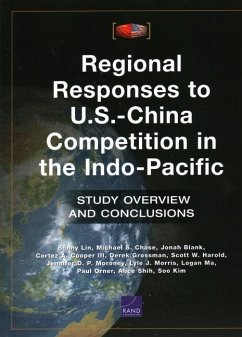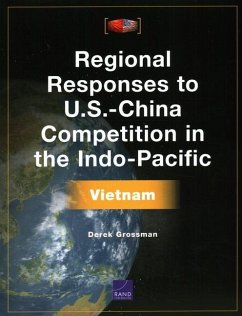
Implications of a Global People's Liberation Army
Historical Lessons for Responding to China's Long-Term Global Basing Ambitions
Versandkostenfrei!
Versandfertig in über 4 Wochen
31,99 €
inkl. MwSt.

PAYBACK Punkte
16 °P sammeln!
The authors examine three case studies among the United States' competitors to help anticipate what Chinese overseas access and basing might look like in the 2030s while assessing U.S. risks and opportunities posed by Chinese military expansion.














